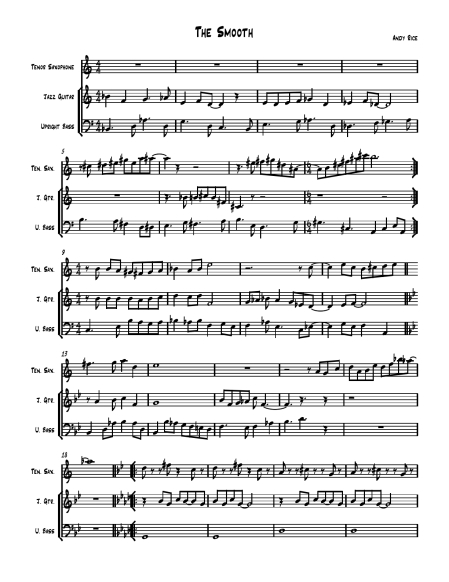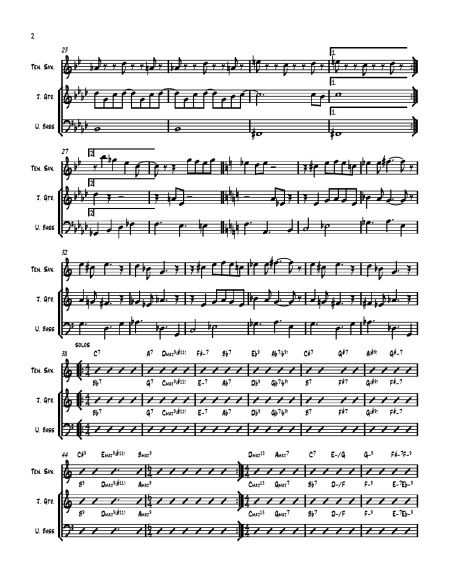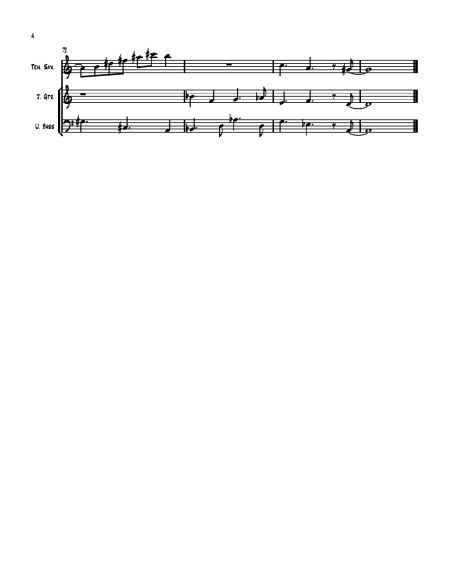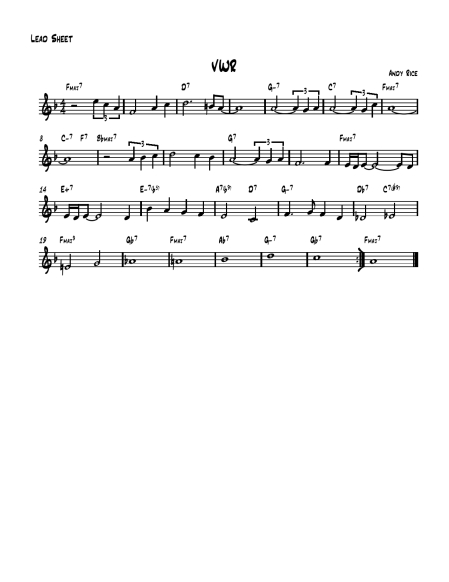In spite of what some may think, a degree in music is much more than learning how to play your instrument.
It involves intensive studies in music theory, history, piano skills, pedagogy, ear training, and arranging/orchestration, as well as performance requirements such as private lessons and ensemble playing.
Improvisation is unique to a jazz degree in academia and other jazz specific courses are also common.
In addition to that, my master’s degree also required a music journalism class, a transcription and analysis class, a music business class, a music technology class, and a music composition class.
The final project was a combination of a recital(see audio clips) and a thesis.
We had a lot of choice, as far as our subject matter goes and what I chose to do for my thesis was to do a transcription and analysis project on the late, great jazz bassist Ray Brown.
In the paper, i focused on his way of playing bass lines. Although i did transcribe some solos, i did not write about them because my paper would have been twice as long, at least, and that would not have put me in very good standing with my evaluators.
so, with no further adieu, i present to you my master’s thesis:
I must warn you, this is a 48 page document, but there might be some gems in there for you bassists out there. Plus, transcriptions in the appendix.
On a less academic note, i did have a brush with the man himself in the spring of 2003, i think.
Here is a pic from the clinic that i attended. I asked a question and he had me come up and play. I was terrified, but he was really cool.
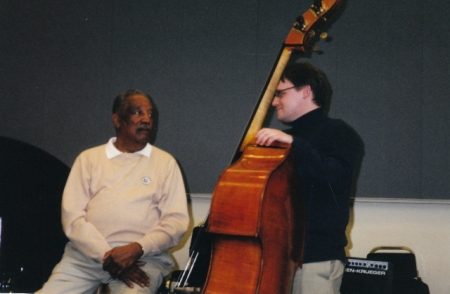 Yes, I am playing his bass there.
Yes, I am playing his bass there.
Yes, I am wearing a mock turtle neck.
Yes, I look very different, but i assure you, that is, in fact me.
